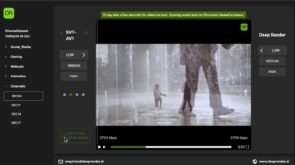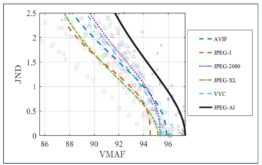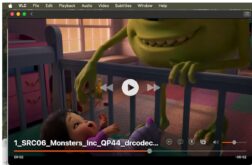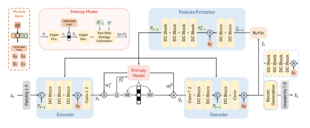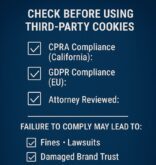This video tutorial details how to use Telestream Episode Pro to produce H.264 video files for Flash distribution.
Here’s some background information explaining some of the encoding decisions made in the tutorial. First, the project involved a concert produced solely for streaming, so I shot in progressive mode. Hence no de-interlacing. Since music was involved, I encoded in 128 kbps stereo, where usually I produce in mono at 64 kbps or less.
I was producing for Flash distribution, so I encoded using H.264 and chose the MP4 extension, which works just fine with the Flash Player. The video will be distributed via progressive download (hence VBR encoding) solely to computers, and is not targeted at iPods or other devices. For this reason, I use H.264’s high profile. Had I wanted to produce a file that would load on an iPod and play on a computer, I would have used the Baseline profile. Of course, had I been producing for a streaming server, I likely would have produced in CBR mode, though that’s not essential.
If all this sound totally foreign to you, check out the streaming media primer, here, and the Producing H.264 Video for Flash: An Overview, here:
The video was produced and encoded at 640×480 resolution, though it’s presented in 400×300 resolution on the page. Click the four-arrow full screen icon on the bottom right, and the video should look crystal clear. That’s the plan, anyway, let me know how it looks to you.
Producing H.264 files for Flash distribution with Telestream Episode Pro from jan ozer on Vimeo.
 Streaming Learning Center Where Streaming Professionals Learn to Excel
Streaming Learning Center Where Streaming Professionals Learn to Excel

